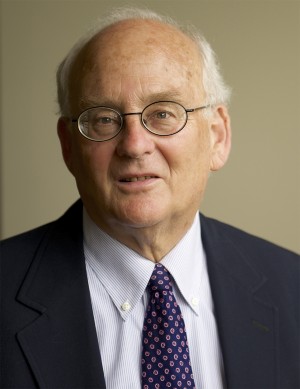
The number of students in higher education has more than doubled since 2000.Credit: Jacobs University
In the past half-century, the higher-education sector has mirrored the patterns of many luxury retailers: it has embraced massification and extended its product range to a wider market through the proliferation of new participants. The number of new academic institutions established worldwide in recent decades is unknown but undoubtedly runs into many hundreds.
The vast majority of these new universities would not appear in the Nature Index, which measures high-quality research outputs, or in the Academic Rankings of World Universities (Shanghai rankings) or Times Higher Education’s World University Rankings. This is because most young universities are local institutions focused on teaching young people, many of whom are the first in their families to attend a post-secondary institution.
Indeed, the rankings, including Nature Index’s, overemphasize the elite research-intensive sector of post-secondary education. Teaching excellence is undervalued or ignored, in part because measuring quality is difficult. Research productivity has traditionally been seen as most prestigious.
Nature Index: Young universities
Since 2000, the number of students in higher education has more than doubled, exceeding 210 million globally, with the majority of this expansion taking place in developing and middle-income countries. Where governments have been slow or unable to invest in expansion, the private sector has taken over, bringing tremendous variation to young universities. Private universities now represent the fastest growing segment of post-secondary education worldwide.
Most of the young universities profiled by Nature Index for their impressive research performance are public institutions in Asia, Australia and Europe. It is significant that none are in Africa or Latin America, where higher-education investment and quality has lagged behind the rest of the world. In North America, the new universities that have achieved excellence are now not so young, having mostly been established in the expansion period of the 1960s. Institutions such as the University of California, San Diego, the State University of New York at Stony Brook and the University of Waterloo in Canada are good examples.
The Nature Index’s interest, of course, lies with STEM-focused institutions, and it is worth noting that recent major investments in higher education have been made in universities that are strong in science and technology. Publishing in STEM fields typically yields more citations, so raises the global visibility of both the researchers and their universities. But some excellent young universities that focus more broadly have been established in the past two decades.
In India, key examples are the Shiv Nadar University and O. P. Jindal Global University, both near Delhi, and Azim Premji University in Bengaluru, which focuses on research and training in education. These private non-profit universities, founded by philanthropists with deep pockets, are pioneers in their governance, curriculum and orientation compared with other Indian universities.
In the United States, the Olin College of Engineering, established in 1997 with a US$460-million grant from the Olin Foundation, aims to revolutionize undergraduate engineering education by crossing disciplinary boundaries and eliminating lectures. Jacobs University in Bremen, Germany, is another ‘new model’ university, functioning entirely in English, with a majority of international students.
These dynamic institutions illustrate a growing trend around the world, perhaps harking back to the early twentieth century in America, where the Rockefellers (University of Chicago) and Stanfords (Stanford University) were bankrolling new universities with new ideas.
The most successful young universities, whether public or private, are characterized by significant investments, innovative ideas about governance, curriculum and social responsibilities, and forward-thinking leadership. Whether all will succeed in the long run, as practices become entrenched and funding may dwindle, is unclear, but these impressive young institutions are beacons for the future of higher education.


 To make a world-class university, start with these ingredients
To make a world-class university, start with these ingredients
 Nine universities under 50 in the fast lane
Nine universities under 50 in the fast lane
 Strongest research performances for universities aged 50 and under by region
Strongest research performances for universities aged 50 and under by region
 Nanyang Technological University in Singapore is rising rapidly up the rankings
Nanyang Technological University in Singapore is rising rapidly up the rankings





